There is a term that was used to describe me when I was younger – spoiled rotten. It is hard to escape that classification when you are the baby by five years and the only girl in a family of four children. As an adult, I’d prefer to remove the rotten part, but it is impossible to remove the spoiled. Especially considering how great my husband is and all this wonderful travel we are blessed with.
The spoiling continued during our trip to Curitiba last week where I got this cookbook to keep all the wonderful foods I’ve had here in Brazil only a recipe (and a day in the kitchen) away.
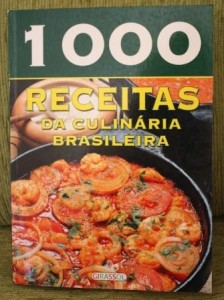
Just look at it. Isn’t it beautiful?
1000 recipes of traditional Brazilian foods. There are recipes for doce de leite without sweetened condensed milk, feijoada with the tails, ears and all, recipes for the foods I ate in Minas Gerais and countless foods I’ve eaten out, but haven’t yet had a chance to recreate. It’s in Portuguese, of course, so my translation skills will get a workout, but I’ve been cooking enough over the past two years using terms and measurements in the language that it should come pretty easily.

In addition to the cookbook (yes, more spoiling) I got to expand my collection of Brazilian cookware. Remember my Pedra Sabão (soap stone pot)? This is what it looks like now, after seasoning it.
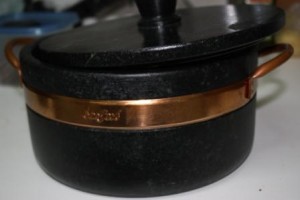
Before that came along, what I had really wanted was to find a Panela de Barro (clay pan) which are used to make many Brazilian dishes including Moqueca. Well, I got my wish.
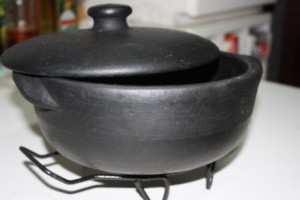
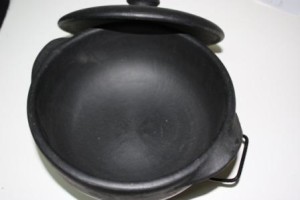
In my research I found this excellent video about how they are made. It is in Portuguese, but you can still view the process.
So it looks like my Brazilian cooking and blog posts about it will live on long after we leave at the end of the month!
Pause for thoughts and prayers in remembrance of 9/11 today.

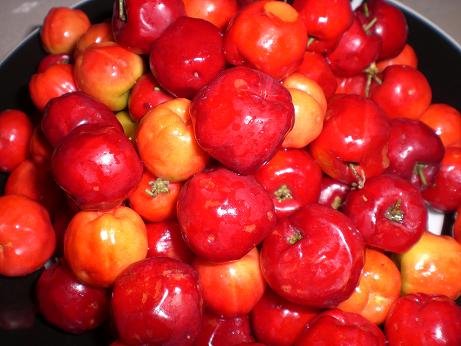
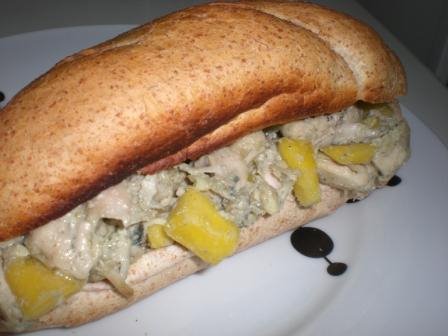



What a great cookbook! I cannot wait to see the creations that come from it. Your pot also looks fabulous. Being spoiled is wonderful sometimes 🙂
wow 1000 you will be a busy girl!
Erica – I can’t wait to get cooking! Everything will likely have to wait until we get settled in the US, but it’s gonna be fun!
Chow and Chatter – Ha, ha! Not quite sure I’ll make everyone. Worth a shot though. 🙂
Looking forward to seeing the Brazilian dishes from this cookbook!
too many recipe to choose from…i am looking forward to see some brazilian yummmm…
Love the Brazilian cuisine extensive, diverse and flavorful 🙂 It must be a gorgeous cookbook!
Cheers!
Gera
So funny! I have a similar one from Spain. Good way to keep up your language skills and have the recipes 🙂
Whoa… 1000 recipes?! That’s great!
We have “panela de barro” in this site: http://www.casacapixaba.com.br from Espírito Santo – Brasil.
Now those are my kind of souvenirs!
You will no doubt have lovely reminders of Brazil for years to come when you both use the cookbook and pots, and when you get to dine on the results 🙂
The pots are absolutely beautiful and I want that cookbook (even though those 1000 recipes would be completely lost on me since I know about 10 words in Portuguese – at least their food-related words!) I can’t think of better keepsakes from your time in Brazil!
I love those pans, they are awesome. And isn’t that funny I’m from Brazil and never seen a capivara alive? Only on my plate LOL.
So glad that everyone is excited for more recipes. 🙂 I’m definitely lucky to have access to this awesome cookware.
TN – It’s funny with Portuguese. The minute we got here I started learning all the foods I possibly could. I can’t speak all that well, but I know the names of almost every food. Ha, ha! I’m definitely the person to have nearby when looking at a menu or at the market, but otherwise with me and translation you might be out of luck. 😉
Anna! Oh my gosh. You’ve eaten Capivara?! I honestly didn’t know it was eaten. I knew they were prey for many animals, but not humans. :/ I guess it makes sense bc they eat guinea pig in Peru. Oh man, I just don’t think I could do it.
Hi Lori, tudo bem contigo?
And yes, people eat capivara in some places in Brasil, it’s called “carne de caça”, or meat of animals that had to be hunted in the wild life. I believe that capivara and “Perdiz” (a bird) are the most common “carne de caça” here in the south. The capivara tastes like pig, and the perdiz like chiken, but both of them are darker and have a stronger taste.
I believe, i’m not sure, that is something similar to eating deer meat in the US. Correct if I’m wrong. By the way, I often read your blog, it’s entertaining and I will miss it when you’re gone.
Good luck on your return to the US and your Asian trip! Tchau!
Hi maff –
Obrigada! Thanks for all the info and the kind words! I’ll be ending my Blondie in Brazil blog, but this one will still be around.
You are right, it is probably just like eating deer in the US as that is considered wild game meat. However, if the capivara taste like pig it is probably more like the variety of wild pigs that are also hunted and eaten in parts of the States.
Thanks for the help! Although, I just couldn’t eat a capivara. 🙁 Ha, ha!
What fun, I cannot wait to see what you develop with your cookbook. I broke my own rule and came back with several from Ireland – isn’t that half the fun of experiencing another county?